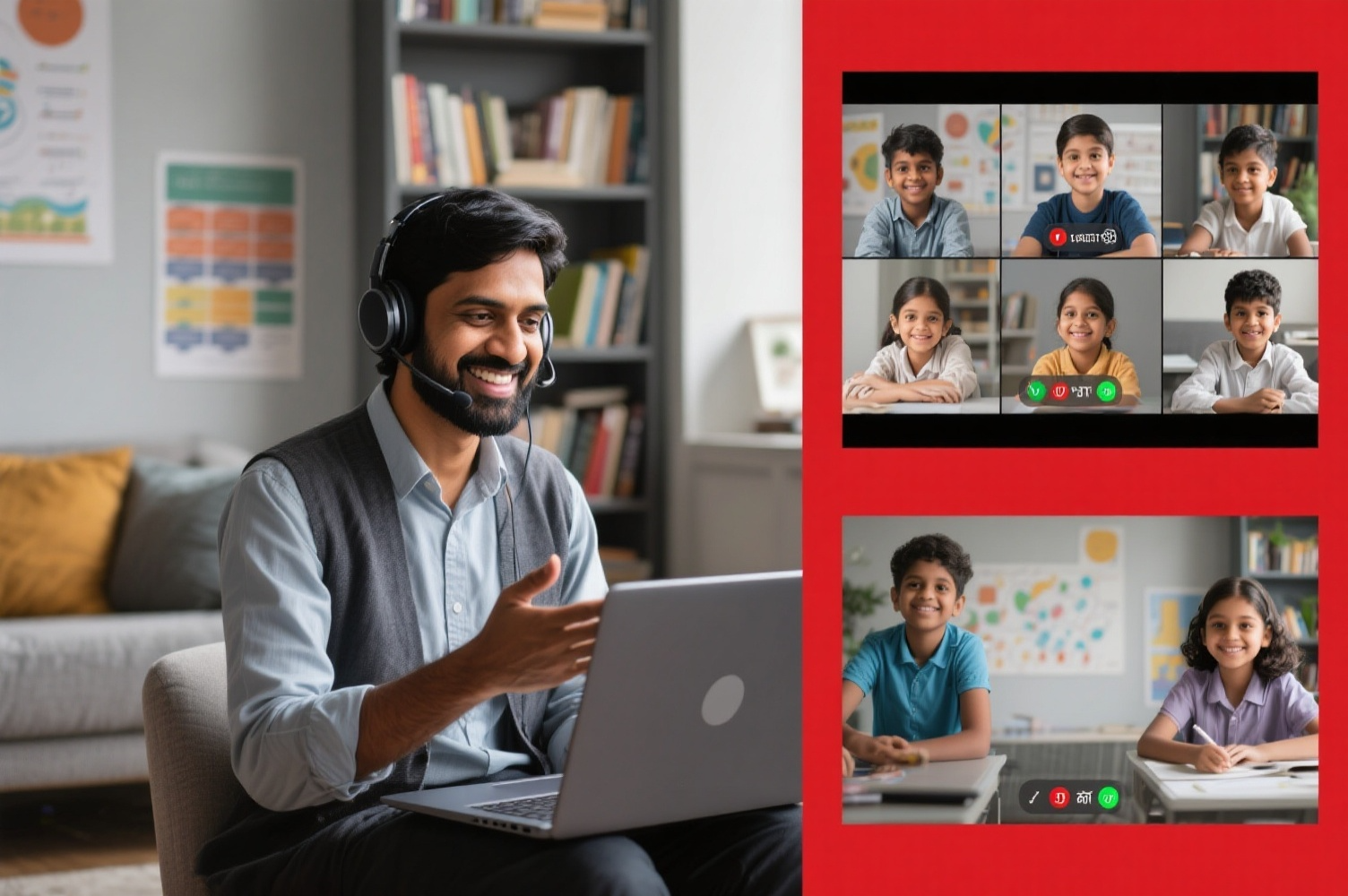- December 13, 2023
- by Educational Initiatives
- Blog
- 0 Comments
As a resident of Chandigarh, I often receive compliments on the well-organized and planned layout of the city. Being a recipient of such praise in spite of zero contribution to the cause, I often wonder why certain things are the way they are. Sans the architectural element, I have concluded that the human tendency to take the path of least resistance can be a powerful explainer of where we are and how we do things.
Indeed, the physical paths we tread seem to be an outcome of our ancestors and bovines moving through a topography as it was immediately easiest to move. When a cow saw a hill ahead, she did not say to herself, “Aha! I must navigate around it.” Rather, she just treads the easiest possible path, or the one with the smallest incline. Eventually the path becomes easier to walk on, a part of our working memory, and more clearly defined. No wonder, a lot of our city planning debates end up in a moo point, pun intended!
I was trying to think of how this approach has affected me and my fellow educators in these times of COVID and extended lockdowns. Are we hard-wired to follow the path of least resistance, I wonder, and what are some of the successful educators doing?
Privileged to have an exposure to hundreds of educators we work with at EI and being privy to their teaching-learning practices, I am sharing a few learnings from some successful educators who seem to have repeatedly managed to reimagine the teaching-learning process.
- Personalised learning is the key
Students who were just benches apart (even if separated by larger learning distances) are now also physically distanced. Some of the successful educators, I have seen, have understood this fact and realized that one of the key elements during online-teaching is that there need to be specific checkpoints and catalysts to make the virtual environment ‘real’ and conducive for everyone. We can no more tread the same path as was (somewhat) successfully done in the classroom/lecture method. Not only the visual experiences but also the immediate external environment of the student has changed, and it is imperative for an educator to be aware of this. Thanks to technology like EI’s own Mindspark, and with learnings from research, we are more capable of personalizing education and make our learning student-centric instead of lecture-specific.
Interestingly, the problem of achievement gap was responded to, in one of the seminal works by Professor Benjamin Bloom, in 1984. Prof Bloom concluded that students who were tutored (either 1:1 or in small groups) outperformed 98% of their non-tutored peers!
Furthermore, 90% of tutored students reached the same level of summative achievement as the top 20% of students in traditional classrooms. This quantum leap in student performance has since been confirmed in a swarm of academic studies.
In short, personalisation works, particularly when it is paired with an approach centred around mastery.

2. The problem is not physical, but transactional distance
One difference I have observed between successful and struggling teachers is an understanding of whether technology is supporting their teaching or their teaching is being dictated by technology. In other words, instruction design and pedagogy should determine how the technology is being used.
According to the Transactional Distance Theory (TDT, Moore, 1996), reducing the psychological space between participants and instructors through pedagogy, results in higher learning outcomes in online learning. In other words, transactional distance measures the connectedness between the learner and the learning environment.

There are 3 important factors which influence transactional distance:
- Dialogue – Communication between teacher and learner
- Structure – Elements of course design
- Learner autonomy – Control of students on their learning
3. Parents are the facilitators
Schools have often, rightfully, been seen as places of change. The role of a parent has been to first admit a child to the right school (I am purposely avoiding the word ‘good’) and then ensuring that the child learns the right moral values at home. All the academic learning is expected to happen in school. Yet, the present situation has made it clear that in addition to the teacher, the parent has to be a key facilitator in a child’s education. With the brick and mortar boundaries vanishing, synergy between parents and educators is critical for effective learning. I have seen lot of successful schools do this with great poise.
A fellow educator and a parent herself, Ms. Nivvrati Rathore of Noida, Uttar Pradesh, says, “School closure has been hard for the students and harder yet for parents, from coping with anxious teenagers to facilitating the logistics of online schooling. Parents have doubled up as teachers in many ways. So our school has tried to focus on the strategies to bridge the divide and connect with students and the parents to achieve the desired result.”
4. Re-defining school and learning
In a funny way, I have realized that most of the people are consistent with the thought, that we are doing right now is a stop gap arrangement. Our attitudes, behaviours and perceptions have changed towards teachers, parents, and examinations because what we used to consider ‘schooling’ is not happening right now. To define this, I will share an idea.
One of the playwrights I admire, Bertolt Brecht was once asked to describe theatre by an interviewer. He asked the interviewer to close her eyes and imagine theatre in action. Subsequently, he asked her to mentally remove each item one by one from the scene and share if she still feels that it is fit to call it theatre. Remove furniture, lights, costumes, curtains etc. and so on till the point where removing something breaks what we understand as theatre.
I like to view our schools through the same thought experiment. Remove the white/black board, the bell, recess, notice board etc., can it still be called a school? I think, yes… until we remove one phenomenon which is the core of what we expect from school. And that one thing I think is the idea that students are learning. So the next time when a child says that she is going to school, it should mean that she is going to learn.
5. Competition as positive re-enforcement
Some of the brightest minds today from fields like social science, neuroscience, game design, UX-UI development, etc. spend their days trying to discover how a child can be better motivated to learn or be just a bit more engaged. Many of the models they experiment involve some element of competition.
Yet some educators seem to only see competition as bad. I feel competition can be a positive tool if used properly. It is not about simply wanting to achieve more than one’s neighbour, but opens up a plethora of ways for an individual to blossom.
I have seen schools channelize this inherent desire to win by nudging it into a growth/engagement mindset. This allows a student to be in a flow-zone of proximal development, competing in order to augment individual identity and embracing collaborative competition. Well-designed competition can boost engagement. In a recent international survey, educators voiced out their concern over plummeting engagement.

***
These are some learnings that I have absorbed from my fellow educators, thought about and often discussed and collaborated with schools to get some exciting results. I have seen leaders who have been doing some of these things and achieved measurable positive impact in learning outcomes. Our solutions and approaches to the scenario may be novel, but I believe we have agreement on one thing; schooling is not educating unless it leads to learning and understanding.



